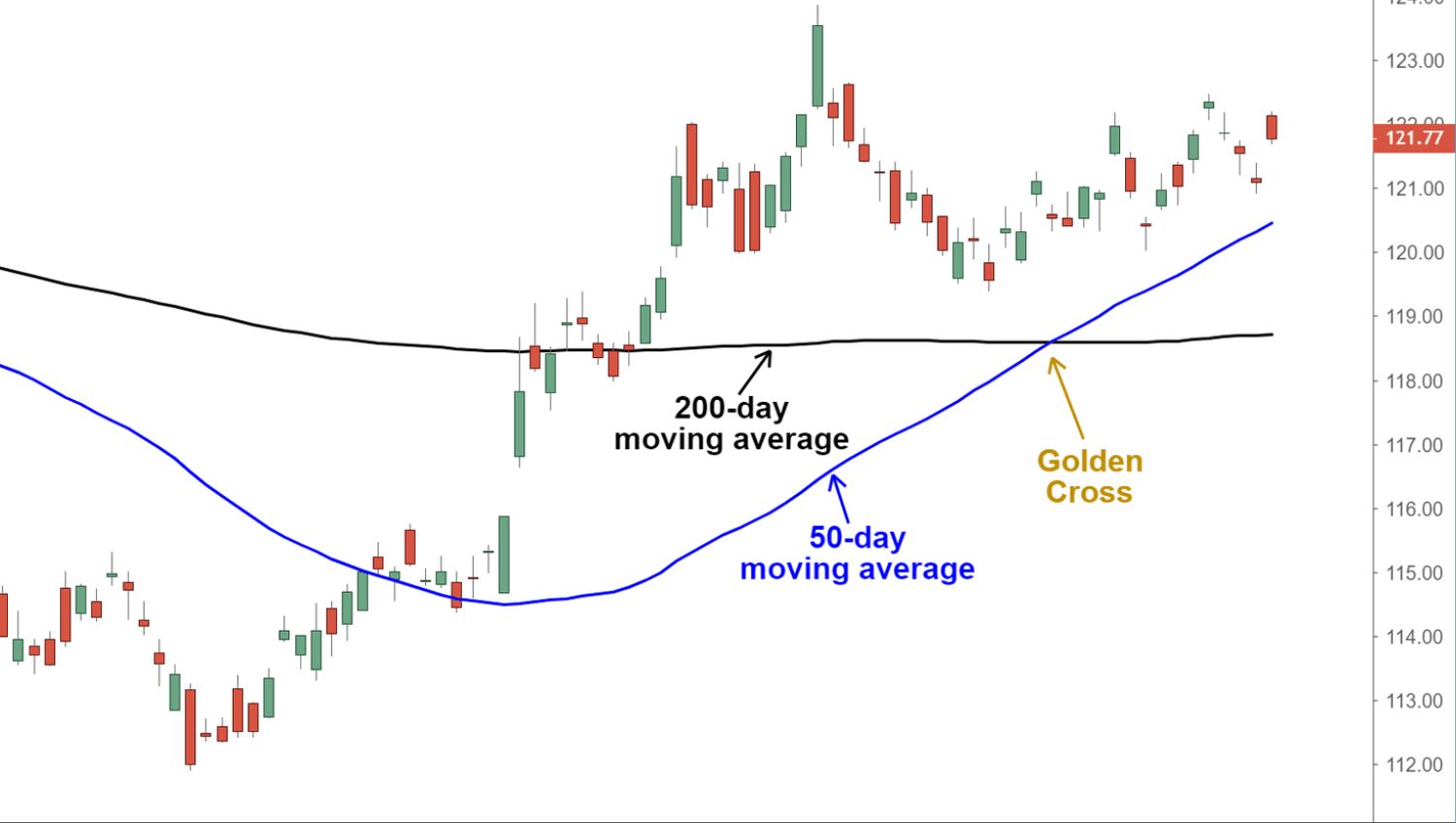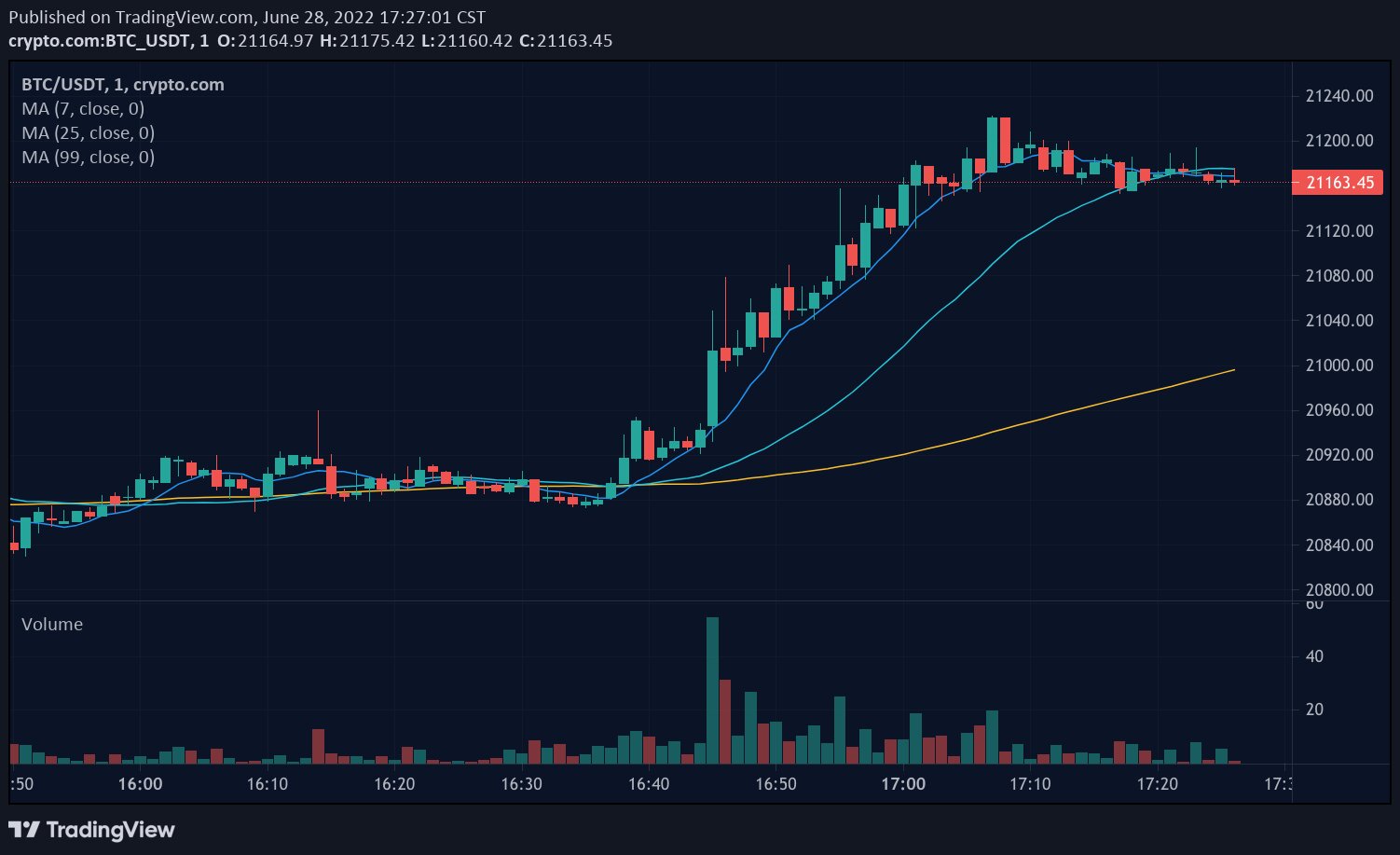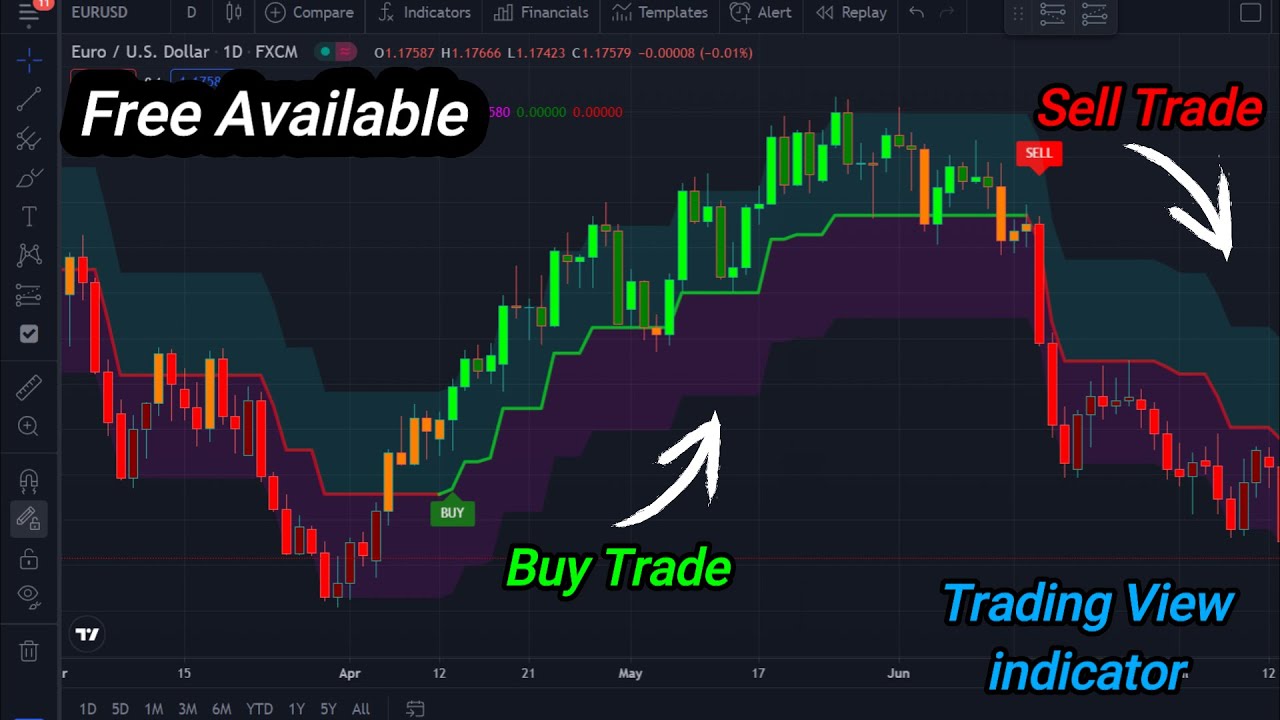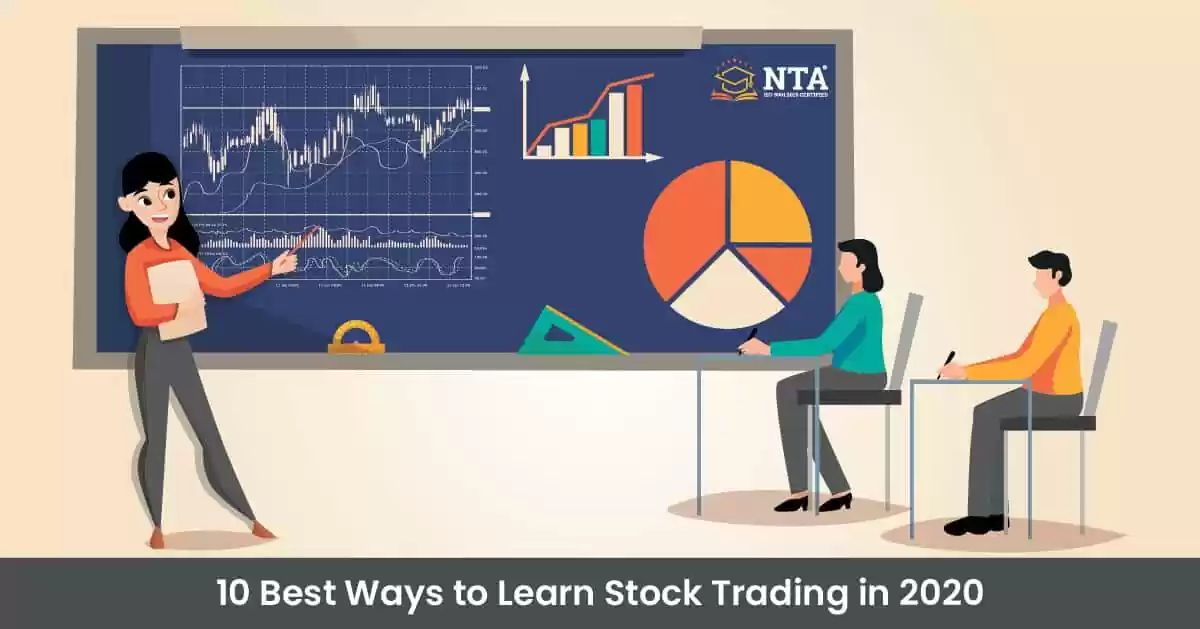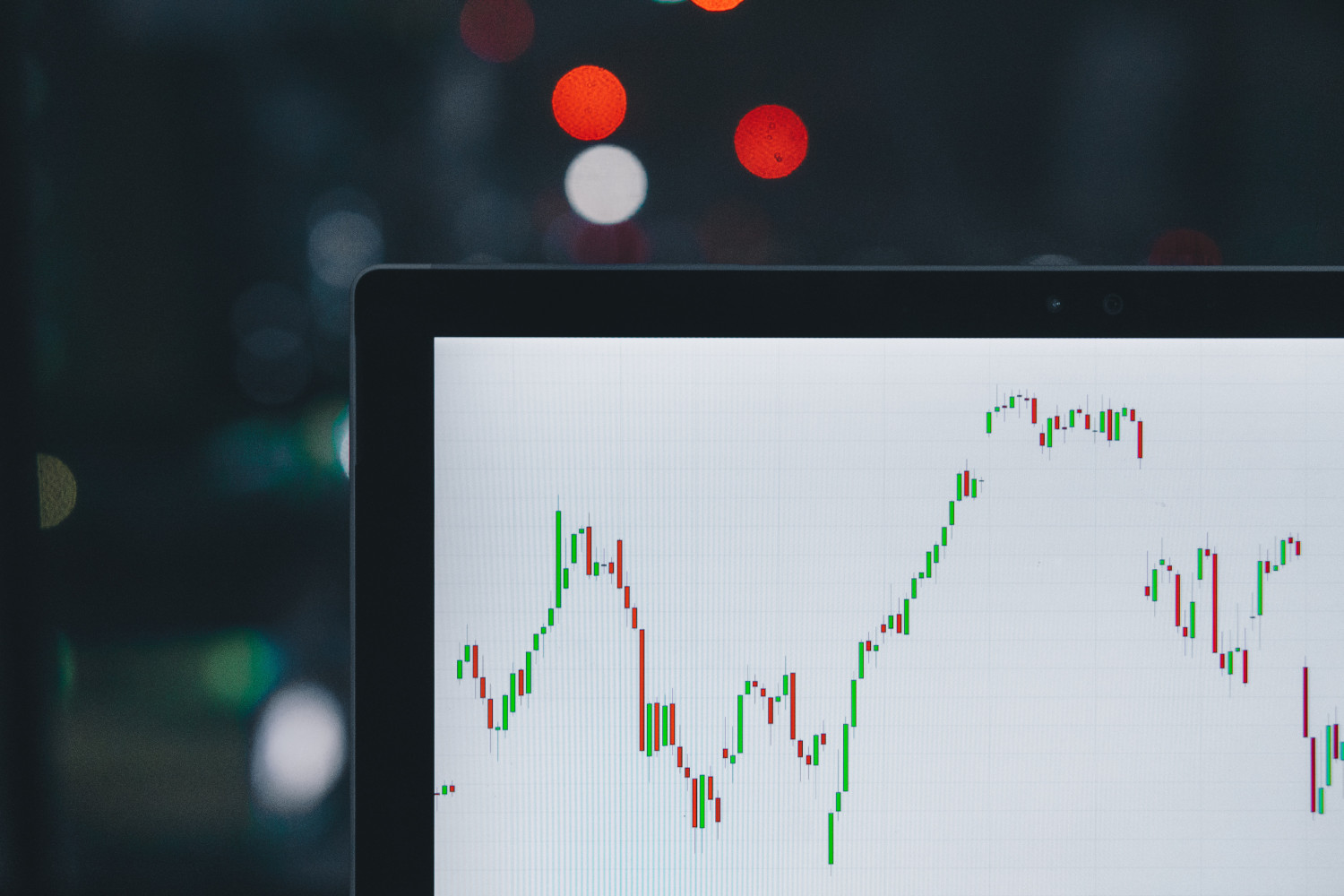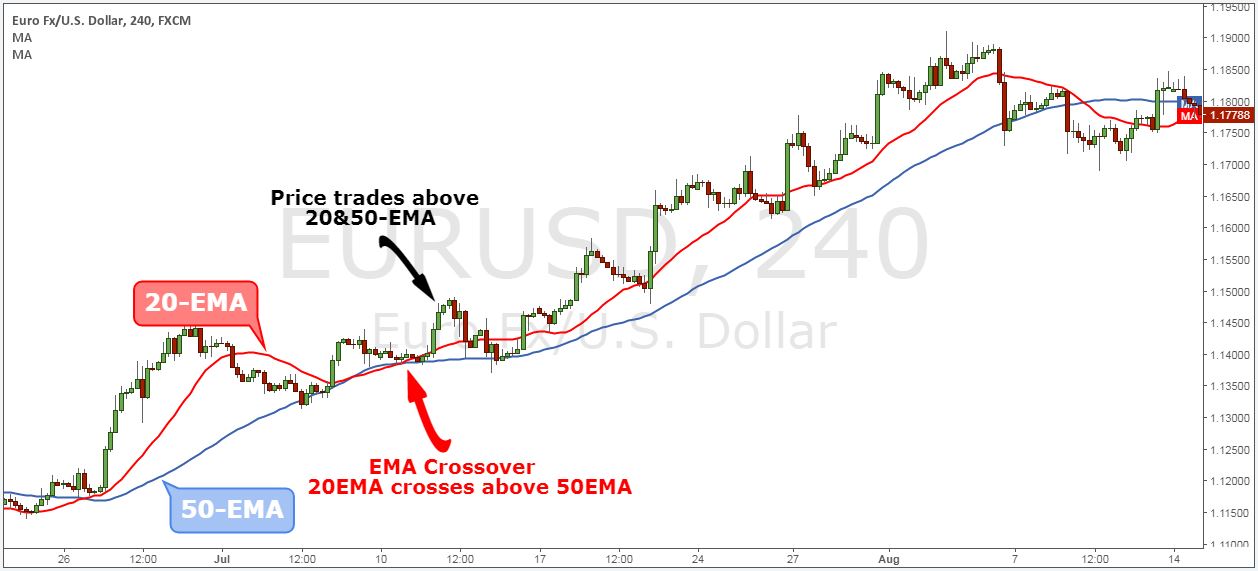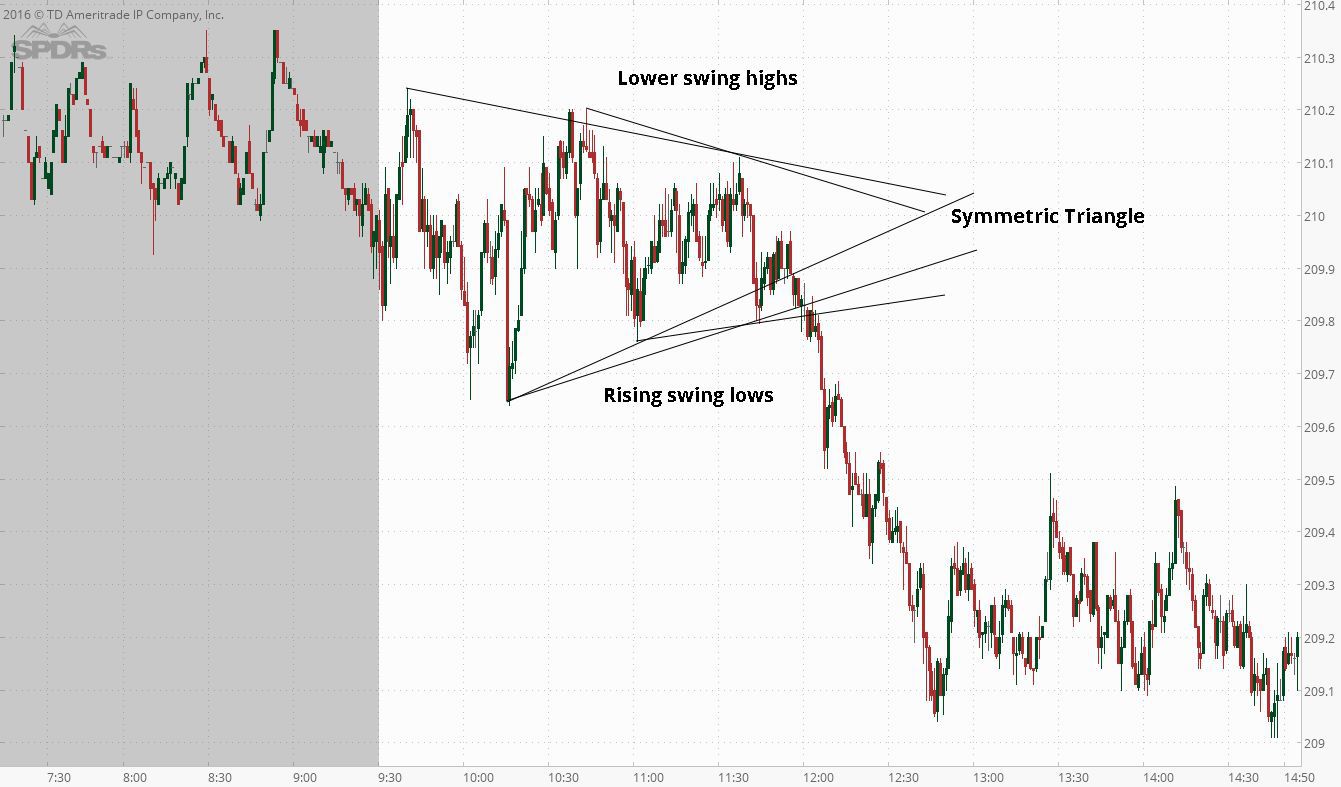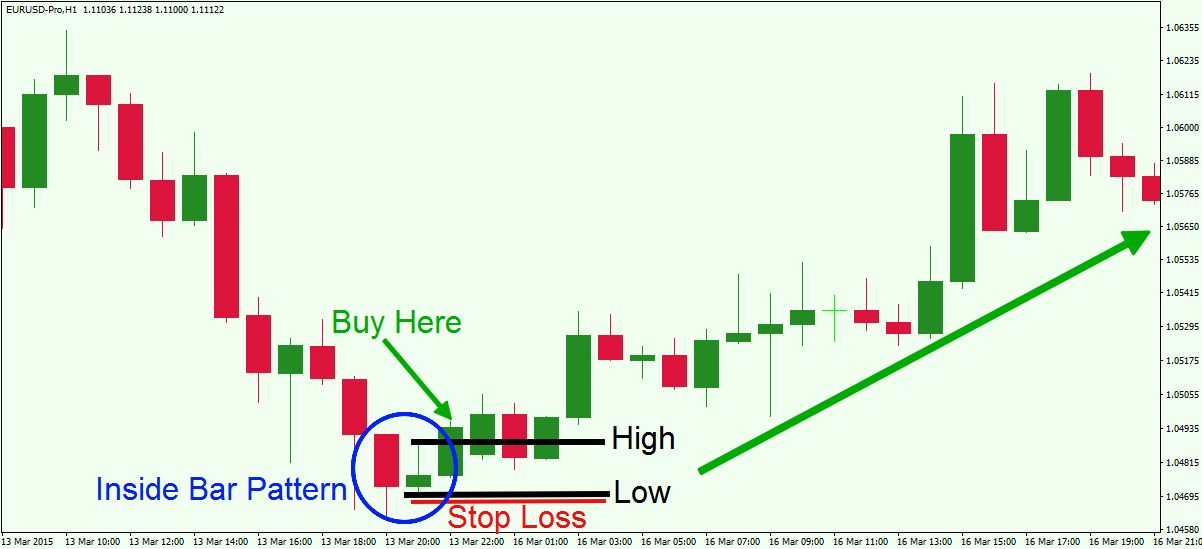Introduction
Trading in financial markets can offer a wide range of opportunities for investors and traders alike. One popular form of trading is through indices. Indices are widely regarded as the pulse of the global financial markets, reflecting the overall performance of a specific set of stocks, bonds, or other assets. Understanding what indices are and how they work is crucial for anyone looking to delve into the dynamic world of trading.
Indices, also known as indexes, are benchmarks that track the performance of a group of assets. They provide a snapshot of the broader market or a specific sector, allowing investors to evaluate the performance of a particular market segment or gauge the overall market sentiment. Indices act as indicators of the health of the economy, providing a reference point for investors to assess market conditions.
Indices are calculated using a variety of methodologies, such as market capitalization-weighted, price-weighted, or equal-weighted. These calculations take into account the prices, market capitalizations, or other factors of the constituent assets to determine the index’s value. The composition of an index can vary based on factors like geographic location, industry sector, or market capitalization.
Trading indices offers several advantages. Firstly, indices provide diversification, as they include a basket of assets rather than just one individual asset. This diversification can help mitigate risk and reduce the impact of a single stock’s performance on the overall portfolio. Additionally, indices offer liquidity, with many traded on exchanges, which means they can be easily bought and sold at any time during market hours.
However, trading indices also carries certain risks. Market volatility can significantly impact index prices, and sudden shifts in sentiment or economic conditions can lead to sharp price fluctuations. It is essential to thoroughly research and analyze the underlying assets that comprise an index before making trading decisions.
In this article, we will delve into the world of indices in trading, exploring how they are calculated, the different types of indices, popular indices to watch, the advantages and risks of trading indices, as well as strategies to consider when trading them. By gaining a deeper understanding of indices, traders can make more informed decisions and navigate the complex world of financial markets more effectively.
Definition of Indices in Trading
Indices, in the context of trading, are financial benchmarks that track the performance of a specific group of assets, such as stocks, bonds, or commodities. They are used to provide a snapshot of the overall market or a particular sector, allowing investors to gauge the performance of a specific market segment or the broader market as a whole.
Indices serve as indicators of market sentiment, reflecting the collective performance of the underlying assets that comprise them. They are designed to represent the overall movement and trends of a particular market, enabling traders to make informed decisions based on the performance of the index.
Indices are calculated using various methodologies, depending on the type of index and the assets it covers. Market capitalization-weighted indices, such as the S&P 500, give more weight to larger companies, while price-weighted indices, such as the Dow Jones Industrial Average, give more weight to higher-priced stocks. Other types of indices, like equal-weighted indices, give equal importance to all the constituent assets.
The composition of indices varies depending on factors such as the geographic location, industry sector, or market capitalization. For instance, the FTSE 100 index represents the 100 largest companies listed on the London Stock Exchange, while the Nasdaq Composite index represents a broader range of technology-related stocks listed on the Nasdaq exchange.
Indices are not directly tradable assets themselves but are used as a benchmark for comparison and reference. Traders can use various financial instruments, including exchange-traded funds (ETFs), futures contracts, or options, to gain exposure to the performance of specific indices.
Indices play a vital role in the financial markets, providing investors with a comprehensive view of market trends and helping them analyze and interpret the performance of various market segments. By understanding the definition and significance of indices in trading, individuals can effectively navigate the complexities of the financial markets and make well-informed investment decisions.
How are Indices Calculated?
The calculation of indices involves a series of mathematical formulas and methodologies, depending on the type of index and the assets it represents. These calculations aim to accurately reflect the performance and movements of the underlying assets within the index. Here, we’ll explore some common methods used to calculate indices.
1. Market Capitalization-Weighted Indices: This method assigns weights to the constituent assets based on their market capitalization. The market capitalization of a company is calculated by multiplying its stock price by the number of outstanding shares. Companies with larger market capitalizations have a higher influence on the index’s value. Examples of market capitalization-weighted indices include the S&P 500 and the FTSE 100.
2. Price-Weighted Indices: In contrast to market capitalization-weighted indices, price-weighted indices assign weights based on the price of each constituent asset. Stocks with higher prices have a greater impact on the index’s movement. The Dow Jones Industrial Average is a well-known price-weighted index, where higher-priced stocks, such as those of multinational corporations, have a more substantial effect on the index’s value.
3. Equal-Weighted Indices: This approach assigns equal weights to all the constituent assets, regardless of their market capitalization or stock price. Each asset has an equal influence on the index’s performance. Equal-weighted indices provide a more balanced representation of the overall market, as every constituent asset has an equal say in the index’s movement.
Once the weights are determined, the index’s value is calculated using various formulas, such as weighted averages or mathematical formulas specific to each methodology. This value represents the overall performance of the index at a particular point in time.
The calculation of indices is dynamic, with values updated regularly throughout trading hours. As the prices of the constituent assets fluctuate, the index’s value adjusts accordingly to reflect these changes.
It is crucial to note that the methodology used to calculate an index may impact its volatility and sensitivity to certain assets or market factors. Understanding the calculation methodology of an index is essential for traders and investors to comprehend and interpret its performance accurately.
By employing different calculation methods, indices provide a comprehensive overview of the market or specific sectors, allowing traders to track the overall trends and make investment decisions based on the performance of the index.
Types of Indices
Indices come in different types, each designed to represent a specific aspect of the market or a particular sector. Understanding the different types of indices can provide insight into the particular areas of focus and help investors and traders make more informed decisions. Here are some common types of indices:
1. Broad Market Indices: These indices provide a comprehensive view of the overall market and track a wide range of stocks across various sectors and industries. Examples include the S&P 500 in the United States, the FTSE All-Share in the United Kingdom, and the DAX in Germany. Broad market indices are often used as benchmarks for measuring the performance of portfolios or mutual funds.
2. Sector Indices: Sector indices focus on specific sectors or industries within the market. They group together companies that operate in the same industry, allowing investors to track the performance of a particular sector. Examples include the S&P 500 Information Technology Index, which tracks technology companies, and the S&P 500 Health Care Index, which tracks healthcare-related companies.
3. Regional or Country-Specific Indices: These indices represent the performance of companies or markets within a particular region or country. They provide insights into the economic health and performance of specific geographical areas. Examples include the FTSE 100 in the United Kingdom, the Hang Seng Index in Hong Kong, and the Nikkei 225 in Japan.
4. Strategy Indices: Strategy indices focus on specific investment strategies, such as dividend-focused or low volatility strategies. These indices target stocks with specific characteristics or investment criteria and aim to outperform the broader market. Examples include the S&P 500 Dividend Aristocrats Index, which consists of companies that have consistently increased their dividends for at least 25 years, and the S&P 500 Low Volatility Index, which comprises stocks with lower volatility than the broader market.
5. Commodity Indices: Commodity indices track the performance of commodities such as gold, oil, natural gas, or agricultural products. Investors can use these indices to gain exposure to the commodity markets without directly investing in physical commodities. Examples include the S&P GSCI Commodity Index and the Bloomberg Commodity Index.
6. Bond Indices: Bond indices track the performance of fixed-income securities such as government bonds, corporate bonds, or municipal bonds. These indices provide insights into the bond market and serve as benchmarks for fixed-income portfolios. Examples include the Bloomberg Barclays U.S. Aggregate Bond Index and the FTSE World Government Bond Index.
These are just a few examples of the various types of indices available in the financial markets. Each type serves a specific purpose and can be used to gain exposure to different market segments or asset classes. Traders and investors can choose indices that align with their investment goals and strategies to monitor specific areas of interest and make informed trading decisions.
Popular Indices
There are numerous indices globally, each with its unique composition and methodology. Some indices have gained significant recognition due to their widespread use and influence in financial markets. Here, we’ll explore a few of the most popular indices:
1. S&P 500: The S&P 500 is one of the most widely followed indices globally and represents the performance of 500 large-cap U.S. companies across various sectors. It is a market capitalization-weighted index and is often considered a benchmark for the overall U.S. stock market.
2. Dow Jones Industrial Average (DJIA): The Dow Jones Industrial Average, commonly referred to as the Dow, is a price-weighted index that tracks the performance of 30 large, publicly traded companies in the United States. It includes well-established companies such as Apple, Microsoft, and Boeing, and is often considered a gauge of the broader U.S. economy.
3. Nasdaq Composite: The Nasdaq Composite index includes over 3,000 stocks listed on the Nasdaq exchange, which is known for its focus on technology and growth-oriented companies. It provides a snapshot of the performance of the broader technology sector and is often used to gauge the performance of the tech-heavy portion of the U.S. stock market.
4. FTSE 100: The Financial Times Stock Exchange 100 Index, widely referred to as the FTSE 100, represents the 100 largest companies listed on the London Stock Exchange based on market capitalization. It is frequently used as a benchmark for the performance of the UK stock market and includes companies such as BP, GlaxoSmithKline, and HSBC.
5. DAX: The DAX is a German stock market index that tracks the performance of the 30 largest and most actively traded companies listed on the Frankfurt Stock Exchange. It includes prominent German companies such as Volkswagen, Siemens, and Bayer. The DAX is considered a crucial indicator of the German economy.
6. Nikkei 225: The Nikkei 225 is Japan’s primary stock market index, comprising 225 large-cap companies traded on the Tokyo Stock Exchange. It includes major Japanese corporations such as Toyota, Sony, and Nintendo. The Nikkei 225 is an important gauge of the Japanese equity market and reflects the economic performance of Japan.
These popular indices are closely followed by traders and investors globally. They represent key segments of their respective markets and provide valuable insights into market trends and sentiment. Tracking these indices can help traders stay informed about major market movements and make more informed trading decisions.
Advantages of Trading Indices
Trading indices offers several advantages that make them appealing to a wide range of investors and traders. Understanding these advantages can help individuals make informed decisions when considering trading indices. Here are some key benefits of trading indices:
1. Diversification: Indices provide built-in diversification as they consist of a basket of assets rather than just one individual stock or asset. This diversification helps spread out risk, as losses in one constituent asset may be offset by gains in others. Diversification can help reduce the impact of the performance of any single stock on the overall portfolio, leading to a more stable and balanced investment approach.
2. Liquidity: Many indices are traded on well-established exchanges, resulting in high liquidity. This means there is a significant volume of buyers and sellers in the market, making it easy to buy or sell index-related instruments at any time during market hours. The high liquidity ensures that traders can enter or exit positions quickly and at competitive prices, reducing the risk of being caught in illiquid or unfavourable market conditions.
3. Accessibility: Indices are readily accessible to traders through various financial instruments, such as exchange-traded funds (ETFs), index futures contracts, or options. These instruments allow traders to gain exposure to the performance of the entire index without needing to buy individual stocks. This accessibility provides a convenient way for traders to participate in the broader market movement and take advantage of opportunities, regardless of their account size or investment preferences.
4. Transparency: Indices typically follow predefined methodologies and have clearly defined rules for the selection and weighting of constituent assets. These transparent methodologies make it easier for traders to assess and evaluate the performance of the index. The transparency also facilitates analysis and research, enabling traders to make well-informed decisions based on the underlying assets and the market conditions.
5. Benchmarking: Indices serve as benchmarks against which traders and investment managers can measure the performance of their portfolios or investment strategies. By comparing their returns against the performance of an index, traders can evaluate the effectiveness of their investment decisions and strategies. Benchmarking against indices also helps investors set realistic expectations and goals based on market trends and historical performance.
6. Market Insights: Tracking the performance of indices provides valuable insights into market trends and sentiment. Changes in index values can reflect changes in market conditions, investor sentiment, or economic indicators. By observing the movements and patterns of indices, traders can identify potential trading opportunities and adjust their strategies accordingly.
These advantages of trading indices make them attractive to a wide range of traders, from individual investors to institutional fund managers. The combination of diversification, liquidity, accessibility, transparency, benchmarking opportunities, and market insights makes trading indices a popular choice for those looking to engage in the financial markets.
Risks Associated with Trading Indices
While trading indices can offer numerous advantages, it is important to be aware of the accompanying risks. Understanding these risks can help traders make informed decisions and manage their investments effectively. Here are some key risks associated with trading indices:
1. Market Volatility: Indices can be subject to significant price fluctuations due to market volatility. Factors such as economic indicators, geopolitical events, and investor sentiment can cause sudden and substantial movements in index values. Traders need to be prepared for potential volatility and have risk management strategies in place to mitigate potential losses.
2. Systemic Risk: Index performance is influenced by the underlying assets that make up the index. In the case of a financial crisis or broad market downturn, the performance of multiple assets within the index may be negatively impacted. This systemic risk can lead to widespread declines in index values and pose a higher level of risk for traders.
3. Sector Concentration: Certain indices may have a heavy concentration in specific sectors or industries. If a particular sector experiences adverse conditions or undergoes a significant downturn, it can disproportionately impact the performance of the index. Lack of diversification within the index can expose traders to increased sector-specific risks.
4. Tracking Error: Some index-tracking instruments, such as ETFs or index funds, may not perfectly replicate the performance of the underlying index due to factors such as fees, transaction costs, or tracking errors. These discrepancies between the index and the tracking instrument can lead to deviations in investment returns, potentially resulting in losses or missed opportunities.
5. Overcrowded Trades: Popular indices can attract a significant number of market participants, leading to overcrowded trades. When too many traders enter similar positions based on the same index, it can lead to heightened price volatility and increased difficulty in executing trades at desired prices. Traders should be cautious of crowded trades and consider liquidity risks when trading indices.
6. Unforeseen Events: Unforeseen events, such as natural disasters, political upheavals, or unexpected economic data releases, can have a significant impact on index values. These events can disrupt market conditions, trigger sharp price movements, and potentially result in substantial losses for index traders. Proper risk management, including the use of stop-loss orders and hedging strategies, can help mitigate the impact of unforeseen events.
It is crucial for traders to thoroughly research and understand the risks associated with trading indices before engaging in these markets. Implementing risk management strategies, staying informed about market developments, and diversifying portfolios can help traders navigate these risks and increase their chances of success.
How to Trade Indices
Trading indices can be done through various financial instruments that allow traders to gain exposure to the performance of specific indices. Here are some common ways to trade indices:
1. Exchange-Traded Funds (ETFs): ETFs are investment funds that trade on stock exchanges and replicate the performance of an underlying index. These funds provide a convenient and cost-effective way for traders to gain exposure to a specific index. Traders can buy and sell ETF shares throughout the trading day, just like individual stocks.
2. Index Futures Contracts: Futures contracts represent agreements to buy or sell an underlying asset, in this case, an index, at a predetermined price and date in the future. Traders can speculate on index movements by taking positions in index futures contracts. Trading index futures requires knowledge of futures trading and the associated risks.
3. Options Contracts: Options contracts provide traders with the right, but not the obligation, to buy or sell an underlying asset, such as an index, at a specified price within a predetermined timeframe. Options can be used to profit from both upward and downward movements in indices, depending on the type of option position taken.
4. Contracts for Difference (CFDs): CFDs are derivative products that allow traders to speculate on the price movements of indices without owning the underlying asset. Traders can profit from both rising and falling index prices by entering long or short positions. CFD trading provides leverage, allowing traders to trade a larger position size with a smaller initial investment.
5. Spread Betting: Spread betting is a tax-efficient way to speculate on the price movements of indices. Traders bet on whether the index price will rise or fall, and the profit or loss is determined by the accuracy of the prediction. Spread betting also provides leverage, allowing traders to amplify potential profits or losses.
When trading indices, it is crucial to perform thorough research and analysis. Traders should stay updated on market news and data that can impact index performance. Technical analysis tools, such as charts and indicators, can also be utilized to identify potential entry and exit points. Having a well-defined trading plan and risk management strategy is essential for successful index trading. Traders should determine their risk tolerance, set stop-loss orders to limit potential losses, and consider diversifying their portfolio across multiple indices or asset classes.
Prior to entering into index trading, traders should understand the specific rules and regulations related to the chosen trading instrument and account for any associated costs, such as commissions, spreads, or overnight financing charges. Additionally, traders should continuously monitor their positions and adapt their strategies as market conditions change. Developing and refining a systematic approach to index trading can help increase the likelihood of success in this dynamic and potentially lucrative market.
Strategies for Trading Indices
Trading indices requires a well-thought-out strategy that takes into account market dynamics, risk tolerance, and personal trading objectives. Here are some common strategies that traders employ when trading indices:
1. Trend Following: This strategy involves identifying and capitalizing on trends in index movements. Traders using this approach aim to enter positions in the direction of the prevailing trend, whether it’s an uptrend or a downtrend. Technical analysis tools such as moving averages, trendlines, and momentum indicators can help identify potential trend reversals or continuations.
2. Breakout Trading: Breakout trading involves entering a trade when an index breaks through a significant support or resistance level. Traders using this strategy believe that the breakout signifies a shift in market sentiment and anticipate further price movement in the direction of the breakout. Confirmation tools like volume analysis and chart patterns can enhance the effectiveness of this strategy.
3. Mean Reversion: Mean reversion is a strategy based on the belief that over time, an index’s price will tend to revert to its average or mean value. Traders using this strategy take advantage of temporary price deviations from the mean, entering trades with the expectation that the price will eventually return to its average. Technical indicators like Bollinger Bands or oscillators like the Relative Strength Index (RSI) can assist in identifying potential mean reversion opportunities.
4. News Trading: News events can have a significant impact on index prices. Traders using this strategy closely follow economic indicators, earnings reports, geopolitical news, and other relevant announcements that can influence the market. By analyzing the potential market reactions to news events and positioning themselves ahead of time, traders aim to take advantage of price volatility and capitalize on short-term movements.
5. Range Trading: Range trading involves identifying significant levels of support and resistance within which the index price tends to fluctuate. Traders using this strategy enter positions near support levels with the expectation that the price will bounce back, or they enter short positions near resistance levels, anticipating a reversal. Oscillators like the Stochastic Oscillator can help identify overbought or oversold conditions within the trading range.
6. Risk Management: Implementing proper risk management techniques is crucial for successful index trading. Traders should determine their risk tolerance and set appropriate stop-loss orders to limit potential losses. It is also important to diversify the portfolio across multiple indices or asset classes to spread risk. Additionally, using position sizing techniques, such as allocating a fixed percentage of capital per trade, can help manage risk effectively.
Traders should consider that no single strategy guarantees consistent profits, and it is essential to adapt and refine strategies based on market conditions and personal experience. Backtesting strategies, keeping a trading journal, and continuously educating oneself about market trends and indicators can further hone trading skills and improve overall performance.
Ultimately, finding a strategy that aligns with individual trading style, risk tolerance, and market conditions is key. Consistency, discipline, and continuous learning are essential components of successful index trading.
Conclusion
Trading indices can be an exciting and rewarding venture for investors and traders. Understanding the definition, calculation, and types of indices is essential for navigating the complexities of the financial markets effectively.
Indices provide a snapshot of the broader market or specific sectors, allowing investors to gauge market sentiment and make informed trading decisions. They offer diversification, liquidity, and accessibility, enabling traders to participate in the overall market movement and take advantage of opportunities.
However, it is important to be aware of the associated risks, such as market volatility, concentration risks, and tracking errors. Implementing proper risk management strategies, conducting thorough research, and staying informed about market developments are vital for successful index trading.
A variety of trading instruments, including ETFs, futures contracts, options, CFDs, and spread betting, provide different avenues for traders to gain exposure to index performance.
Various trading strategies, such as trend following, breakout trading, mean reversion, news trading, range trading, and effective risk management techniques, can be employed to optimize trading outcomes and achieve trading goals.
Ultimately, trading indices requires discipline, continuous learning, and adaptation to market conditions. By understanding the intricacies of trading indices and strategically approaching investments, traders can navigate the dynamic world of financial markets with greater confidence and potentially attain success in their trading endeavors.









